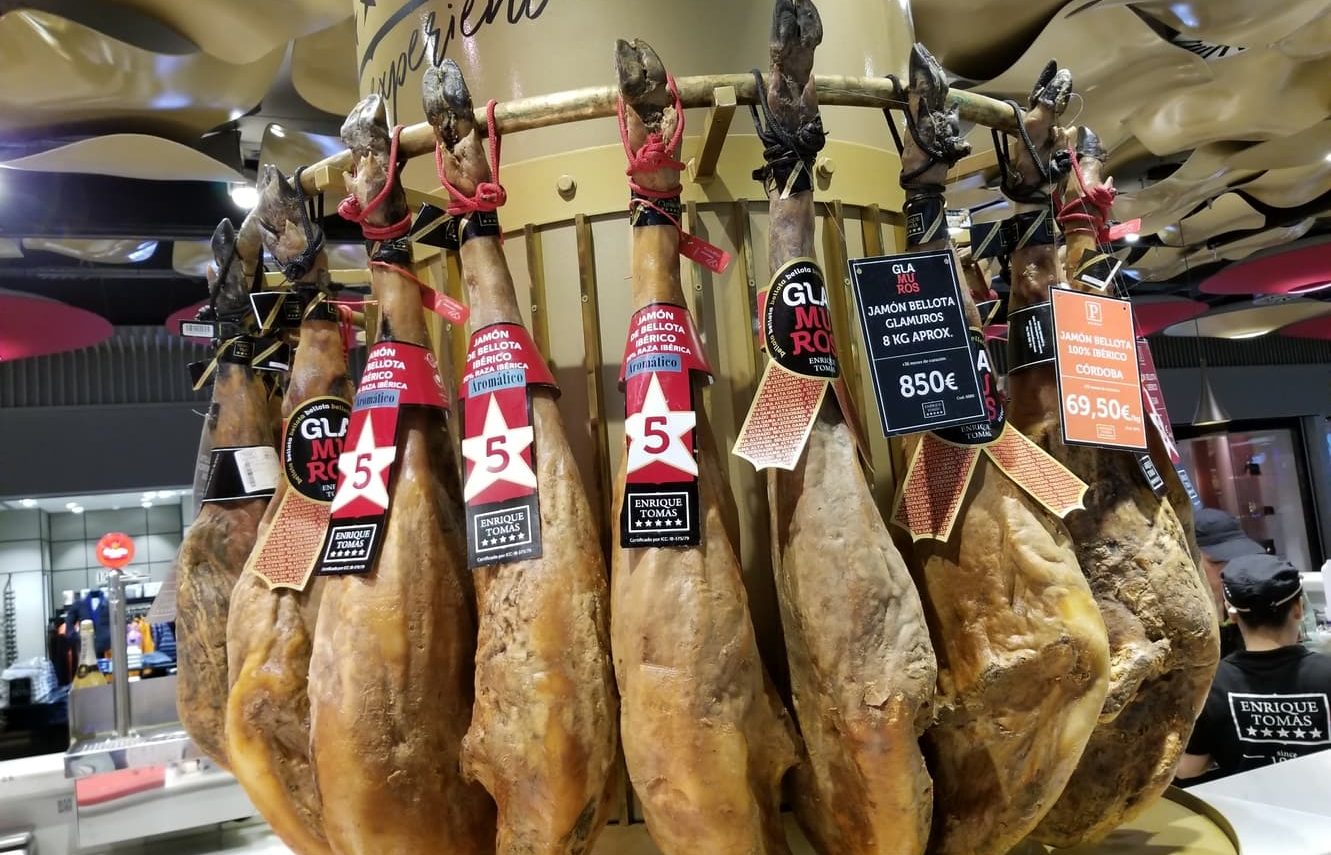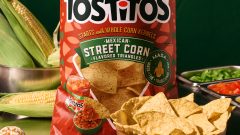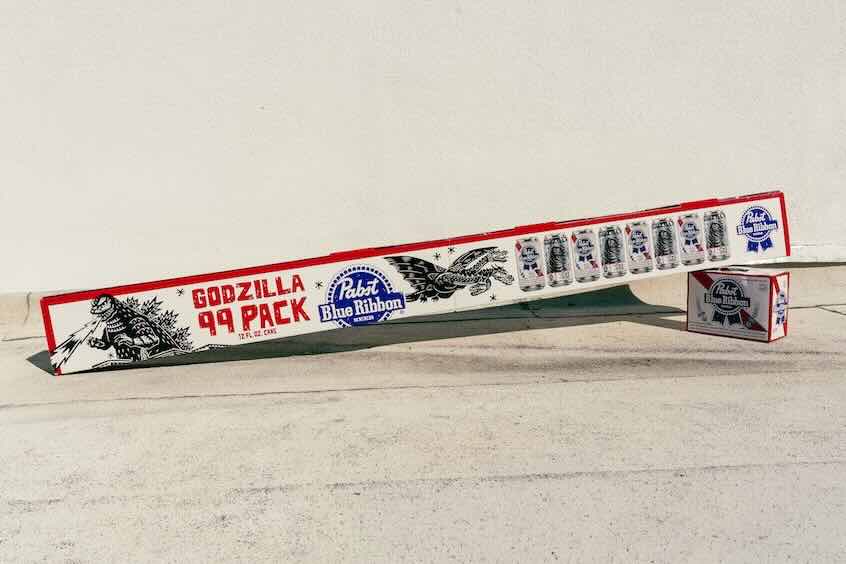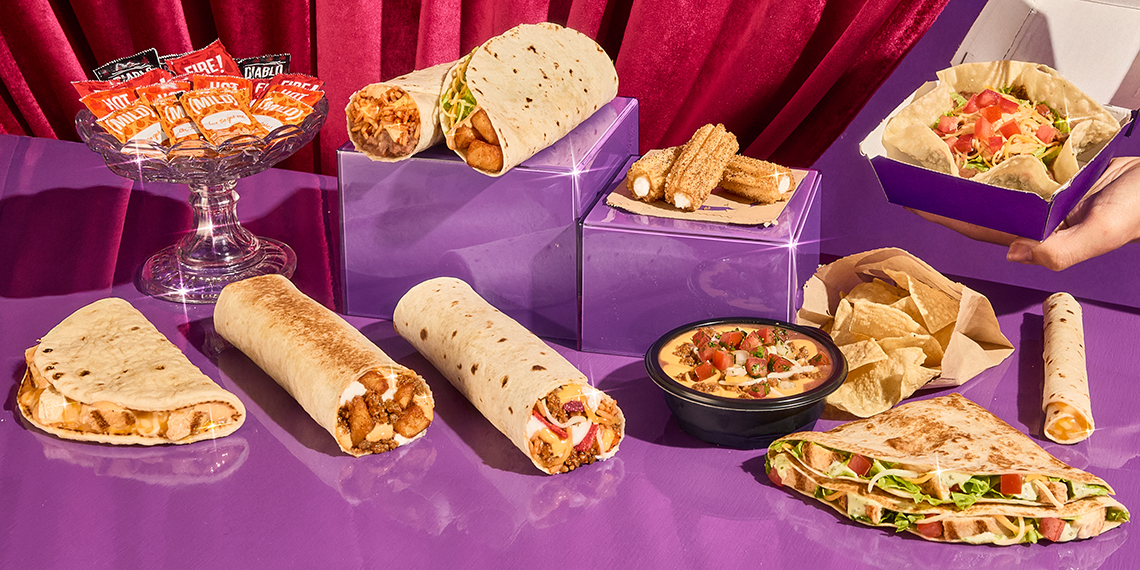A Crash Course On Jamon Iberico, The Most Expensive Ham In The World

Prosciutto, coppa, and serrano are all amazing and flavorsome cuts of pork. Still, none of them hold a candle to the most prized piece of ham you can find — jamon iberico.

Raised exclusively in Spain, this meat is beloved for its melt-in-your-mouth consistency, rich flavor, and buttery texture. A single leg of the best jamon iberico can sell for over $1,000, and chances are you’ll be spending at least 20 Euros ($22.50 USD) on just an ounce of the ham.
That price tag isn’t even the most shocking part about iberico, however. The ham’s surprising health properties and varying types are lesser known, but equally as mind-boggling.
While jamon iberico contains a healthy amount of fat, science has shown that most of it provides some surprising benefits. The highest grades of Iberian pigs are fed an acorn diet, and the fats from those nuts make their way into the meat. “The type of fat it produces is similar to olive oil,” says Teresa Montano, chef and owner of popular Spanish restaurant, Otoño, in Los Angeles. That fat, which is a bright, vibrant yellow, is why the Iberian pigs are known in Spain as “the tree with four legs.”
Scientifically, the predominant fatty acid in olive oil is oleic acid, an unsaturated fat that has been linked to aiding with everything from autoimmune diseases to wound healing, and even can be used to aid in cancer treatment. An Iberian pig’s fat content can be about 59% oleic acid if fed a strict acorn diet, a drastic difference from standard pork fat. Thus, iberico pork, and therefore, jamon iberico, inherently is far less harmful to our diets than standard pork when pigs are fed a 100% acorn diet.

This is where the differing types of iberico ham come into play. The actual pigs and their diets can vary, which in turn, changes the composition of the fat as well as the quality and price of the resulting ham. A top of the line ham leg will come from a 100% Iberico, 100% acorn-fed pig, known as jamon iberico de bellota. Other varieties you can find include jamon iberico de cebo (grain-fed) and jamon iberico de cebo de campo (grain and grass-fed).
How long the pigs have to be on this diet is also determined by law. “To have the de bellota stamp, a certain percentage of the diet or a certain amount of years in their life has to be de bellota,” Chef Montano explained. That is determined when the pigs reach 25 kilograms in weight and their diet and fat content are assessed.
As far as pigs go, the genetic makeup can also vary, which is how different breeds of jamon iberico can be created. There are only two types of pigs that can be bred to make the ham: Iberian pigs or Duroc pigs. The qualifying pigs can either be 100% Iberian, 75% Iberian, or 50% Iberian as a result. These are the only legal designations for pigs that can be considered to produce jamon iberico.

While all of the above can be a little bit confusing at first, Spain has created a system of colorized tags that let you identify the varying qualities of ham. The four tags, and what they mean, are as follows:
- White: The pigs were at least 50% Iberian and are grain-fed.
- Green: The pigs were at least 50% Iberian and are fed with both grain and grass.
- Red: Iberico ham de bellota (acorn fed) from a pig that’s at least 50% Iberian.
- Black: Iberico ham de bellota (acorn fed) from a pig that’s 100% Iberian.
There are other strict regulations that help protect the authenticity of iberico ham, including limiting production to an area of Spain called the Dehesa (meadow), a region rich in fields of acorns that the pigs feed on. All of this ensures that the jamon iberico we get here in the US is the exact same as the one enjoyed and beloved in Spain.






















